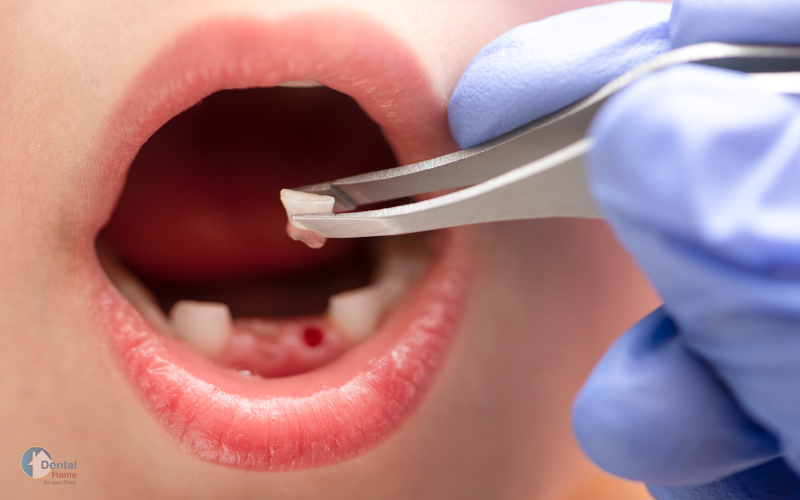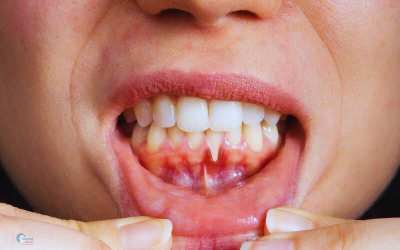A Treatment of a broken tooth is a common dental issue caused by various reasons, including accidents, biting hard foods, or overlooked tooth decay. The severity of a cracked tooth can range from a small chip in the enamel to a severe crack that reveals the pulp or root. Timely and proper treatment is necessary not only to relieve pain but also to prevent further complications such as tongue injury, infections, or even tooth loss.
Broken Tooth Injury Types
The type of tooth fracture needs to be realized before discovering the best mode of treatment. Most of the cases happen in these ways:
- Chipped Tooth: One or a section of the enamel is fractured off. Rarely painful, other than where jagged points injure the tongue or lip. Some cases can present with sensitivity.
- Cracked Tooth: No visible break exists, but an unseen break or crack produces pain during mastication or chewing of food.
- Fractured Cusp: The Chewing surface is broken off with a small fragment, often near a filling.
- Serious Breaks: Include damage to the enamel, dentin, and pulp. They are usually painful and require urgent treatment.
- Split Tooth: Vertically split tooth, normally hopeless. The tooth needs to be removed.
- Root fracture: Another serious injury where the root is fractured, involving the root supporting structures. The separated crown portion is mobile or lost.
- Vertical Root Fracture: It begins at the root and extends up towards the crown surface. Usually found after the tissues around it have become infected.

Initial Steps and First Aid
If a tooth has been broken, the first step is to rinse the mouth with warm water to wash the area. A cold compress on the outside of the mouth can minimize swelling. Bleeding can be stopped by a piece of gauze held in place with light pressure. Over-the-counter painkillers can be used if necessary. Chewing with the broken tooth should be avoided, and dental attention should be obtained as soon as possible.
Professional Dental Treatments
Treatment for a cracked or broken tooth varies based on the level and type of damage. The common dental treatments are:
- Dental Bonding or Filling: Minor chipping or small cracks of the tooth can be restored by dentists using composite resin. The resin is molded to replicate the natural shape and color of the tooth and cured using a special light.
- Dental Veneers: If the front tooth is broken or chipped, a veneer (an ultra-thin, shell-like covering of porcelain or resin) can be placed over the front surface, re-establishing both function and aesthetics.
- Root Canal Treatment: When the crack exposes the tooth pulp (blood vessels and nerves), root canal treatment is required. The infected pulp is removed, and the area is cleaned and sealed. Subsequently, the tooth is capped with a crown.
- Dental Crown: If there is a big crack or the tooth is badly broken, a crown may be required. Crowns cap the entire exposed surface of the tooth, strengthening and protecting it.
- Tooth Extraction and Replacement: If the tooth is too damaged to be saved, it may need to be extracted. Replacement options are bridges, removable dentures, or dental implants.
Recovery and Aftercare
Proper oral care is crucial after treatment. Daily brushing, flossing, and periodic dental check-ups will prevent the condition from recurring. In addition, patients should avoid biting hard food, opening packages with teeth, or grinding their teeth; behaviors that increase the likelihood of cracking a tooth. Temporary pain, swelling, or sensitivity can follow treatment but should be resolved within a few days. Pain that does not subside or increases in severity is best reported immediately to the dentist.
A cracked tooth is not just an aesthetic issue — it can affect oral health, speech, and comfort. With modern dental technology, a cracked tooth can be treated and restored successfully. Prompt treatment and diagnosis are needed to save the tooth and avoid other issues. Timely dental care ensures that the form and function of the tooth can be salvaged or restored.




